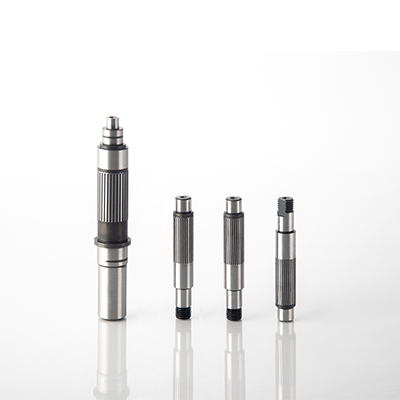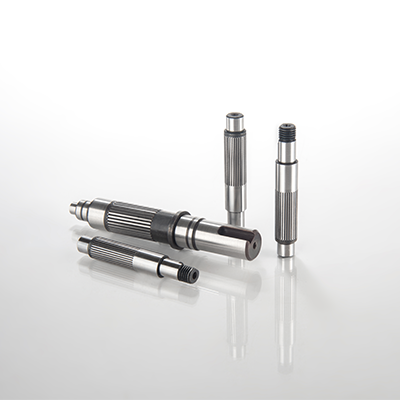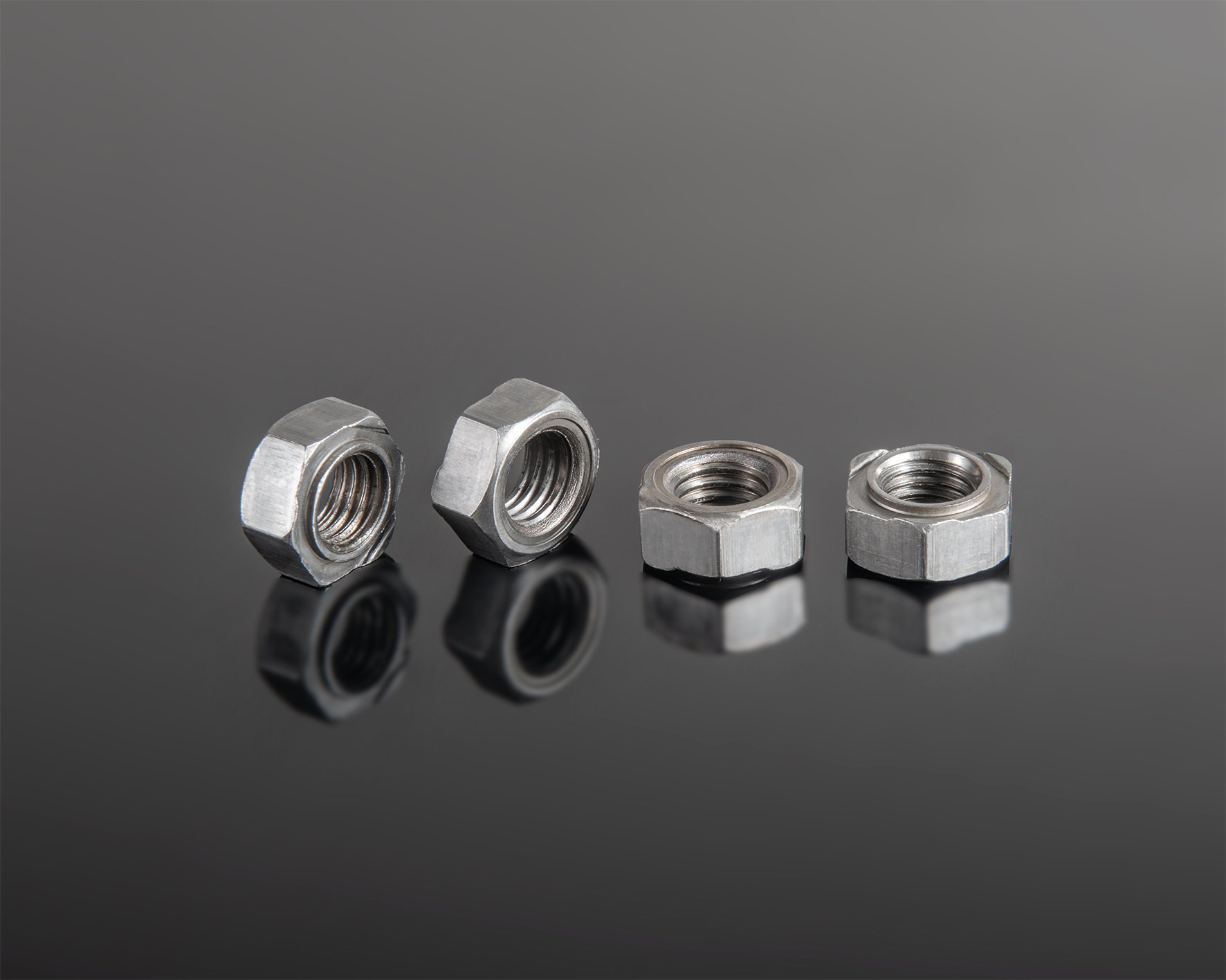Nosso nozes não padrão are custom-designed to meet the unique specifications of your projects. Perfect for industries that require specialized fasteners, esses nozes não padrão are crafted with precision to ensure a secure, reliable fit. Made from high-quality materials, they offer excellent strength, durabilidade, e resistência à corrosão. Whether you need unique sizes, threads, or materials, our non-standard nuts provide tailored solutions for complex applications, ensuring optimal performance.
-
Seleção de material
High-quality steel bars or wire rods (Por exemplo, aço carbono, liga de aço, or stainless steel) are selected based on mechanical strength, Resistência à corrosão, e requisitos de aplicação. -
Corte / Blanking
Primeiro, the raw material is cut into appropriate lengths or blanks using sawing or automatic feeding and cutting machines. Then, the pieces are prepared for further processing, ensuring precision and consistency throughout the manufacturing process. -
Forjamento frio ou quente
Initially, the basic nut shape is formed using cold forging for smaller nuts or hot forging for larger or special shapes. This process enhances the structural strength, providing greater durability and reliability for the finished product. -
Trimming & Chamfering
After forging, the nut is trimmed to remove excess material. Subsequently, chamfering is performed to smooth the edges, ensuring easier assembly and a cleaner finish. This ensures easier assembly and improves the overall functionality of the nut. -
Thread Tapping
Internal threads are created using tapping machines. Thread tolerance and pitch must meet international standards (such as ISO, DIN, or ANSI). -
Tratamento térmico (se necessário)
Nuts may undergo quenching and tempering to increase hardness, tensile strength, and wear resistance. -
Tratamento de superfície
Various coatings are applied to improve corrosion resistance and appearance:-
Batinho de zinco (blue/white/yellow)
-
Óxido preto
-
Phosphate coating
-
Dacromet or Geomet
-
Galvanization or nickel plating (for stainless/anti-corrosive requirements)
-
-
Inspection and Quality Control
-
Dimensional checks using thread gauges and micrometers
-
Hardness and torque testing
-
Salt spray testing (for coated nuts)
-
Visual inspection and sorting (automated if required)
-
-
Embalagem
After production, the nuts are cleaned, sorted, and packed either in bulk, small boxes, or custom packaging. Adicionalmente, we ensure full product traceability and proper labeling for efficient inventory management and quality assurance.












